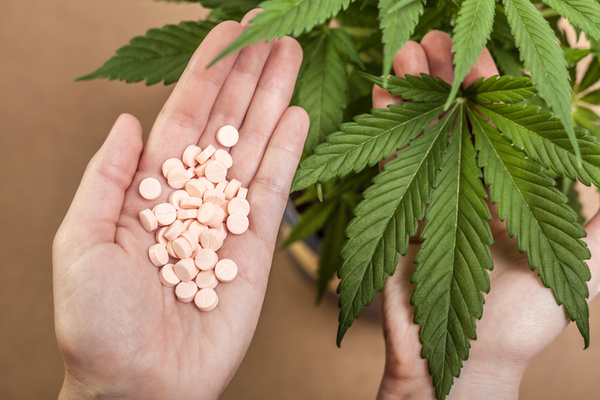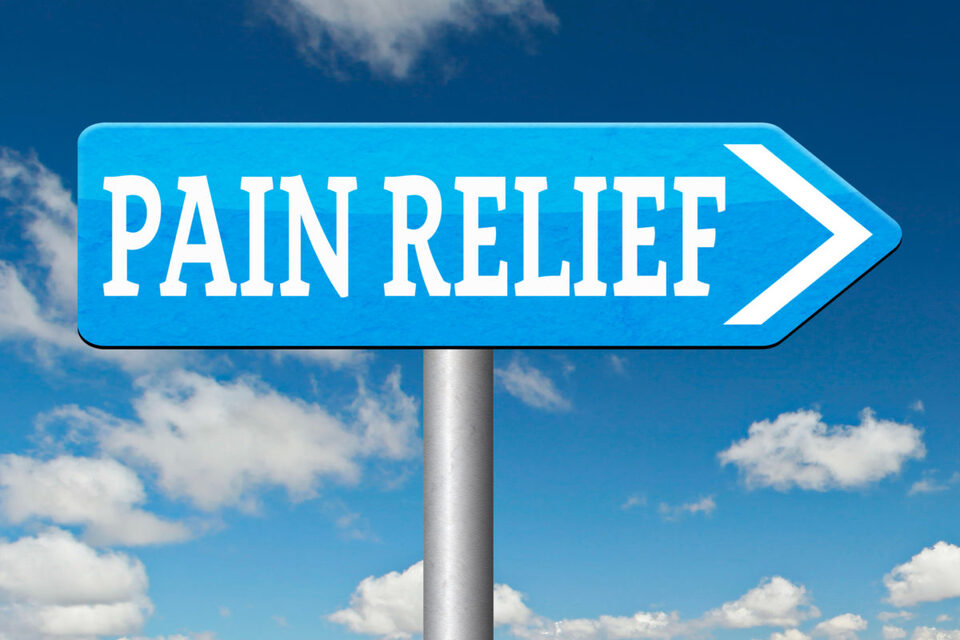
Reasons to Switch from Pharmaceuticals to Medical Marijuana
For many people medical marijuana may be a much better alternative for pain relief than opioids or other pharmaceuticals. Marijuana has fewer side effects than pharmaceuticals used to treat pain and there is no danger of losing life from overdose or interaction with other medications. In addition, marijuana may help with sleep and provide similar or even improved pain relief.
For most people, commonly used medications for pain, including opioids, gabapentinoids (gabapentin, Lyrica) and NSAIDs, do not make the pain go away. Indeed, for many people they just “take the edge off” and make the pain more bearable—thus helping patients cope. Though pain relief from these medications is not as much as patients would like, the relief for many people is still significant enough that most patients hesitate to give them up.
Choosing marijuana instead of pharmaceuticals may be your best option for medication-derived pain relief.
Recommended: Do this before switching from pharmaceuticals to medical marijuana
So, if you decide to go for this less dangerous medication option for chronic (or even acute) pain, how can you best proceed?
If you would like this transition to be easier, start with taking my do not eat list out of your diet. Many people realize 40-50% pain relief in just 4 weeks that starts during week 2. It is much easier to transition off of opiates and other pain medication if your food based inflammatory pain is greatly reduced first. If you try this and don’t get any relief from pain, most likely you are not reading every label and totally avoiding the foods on the list. Partial adherence may not provide relief. Aren’t you tired of hurting? And yes, if you have chronic pain this list applies to you and seems to be universal to our species.
How to Safely Decrease Your Pain Medication
Start decreasing your pain medicine while adding medical marijuana (see below).
In all cases, the first medicines you should stop taking are the NSAIDs. The relief you get from ibuprofen, naproxen, aspirin and Celebrex is mostly a reduction in the inflammatory pain that is coming from your food. And for this small benefit that could be achieved in a better way, there are these side effects:
- Can cause ulcers, indigestion, gastritis
- Increases risk of kidney failure
- Suppresses growth and restoration of joint cartilage from daily wear and tear
- Increases risk of heart attacks and strokes
None of these medicines are a good idea for treating pain when there are other things you can do that are more effective and less dangerous.
Next, decrease the Neurontin (gabapentin) and/or Lyrica if you are taking them. I believe they are more dangerous than the opioids. At first, keep your evening dose to help you sleep and stop or decrease the morning and afternoon doses first. Do this under medical supervision and go very slowly in reducing these medications as going too fast can cause serious withdrawal effects.
In a similar fashion, decrease opioids by making one of your daily doses smaller. Perhaps start by cutting the mid-day dose. Then decrease another of your daily doses. Bit by bit you can whittle the doses and make them smaller. If your food changes and medical marijuana dosing are adequate, your pain levels will be the same or even improved compared to what they were with the medications.
For most people, opioids need to be tapered slowly and not stopped suddenly. How much of a taper you need (how long will it take/how fast can you decrease your dose) will depend on the specific medicine (some stay longer in your body) and your particular dose. Everybody is different. In general, higher doses will take longer and be more difficult to discontinue. Methadone is a much more difficult drug to taper and stop than hydrocodone, morphine, or oxycodone. Fentanyl is in the middle for degree of difficulty. Your prescriber should be able to advise you.
The more quickly opioids are discontinued, the more uncomfortable the experience is likely to be. Hydrocodone and even oxycodone 5-10 mg 2-4 x/day can usually be discontinued over a week or so with little difficulty. Your doctor should be able to help you make a schedule, and perhaps you will want to modify the schedule based on your body’s response. Methadone may take the longest (1-3 months or more) and fentanyl is in between. And with methadone, you will be better off getting your total daily dose down to 30 mg/day before even considering totally stopping.
Starting to Use Medical Marijuana
The next questions are how to use the marijuana and how soon to start marijuana. You are going to be better at figuring this out than your doctor because you know how you feel. Marijuana can be started as soon you start tapering the other medications.
You will first need to get your credentials. In most states, this involves going to a physician or other healthcare provider who is certified to recommend medical marijuana and then applying for a medical marijuana card. The medical marijuana card will allow you to legally buy medical marijuana at a dispensary. (Update: as of November 2022, 155 million Americans live in states with legal recreational marijuana where a medical certification is not necessary to buy marijuana legally. States where recreational marijuana is legal include Alaska, Arizona, California, Colorado, Connecticut, District of Columbia, Idaho, Illinois, Kansas, Maine, Massachusetts, Michigan, Montana, Nebraska, Nevada, New Mexico, New York, North Carolina, Oregon, Rhode Island, South Carolina, Vermont, Virginia, and Washington.)
There are many forms of marijuana that have different combinations of components and different routes of delivery. Each has their own effects and every person is a little different with response. In general, edibles take more than 45 min to take full effect and may last for more than 4 hours. Vaping liquids give very quick onset and last an hour or so. Vaporizing leaf or plant material is similar to vaping. There are also creams and patches for both local and body-wide effects. Edibles are generally sweetened and may, for some people, increase pain and anxiety due to the sweeteners and other ingredients.
Dispensary employees can be very helpful in guiding you based on your needs and what you want the marijuana to do. You may even choose different strains, which have different CBD/THC ratios, for time of day and needed effect.
Sometimes the best results are a combination of lower dose opioids or other pain medications and marijuana. Your state may allow both but your doctor may not be willing to continue to prescribe medication if you are using medical marijuana. If this is the case, you might be better off with a different provider.
Find a Healthcare Provider Who Can Certify You for Medical Marijuana
Search All of Our Alternative Pain Treatment Providers
The Bottom Line on Medication for Pain Relief
One of the biggest issues is the degree of pain relief than can be achieved by medication and/or marijuana. You are going to hurt some either way until your fascia injuries or other root causes of your pain are identified and appropriately treated. Sometimes the choice comes down to what makes it possible to function at a higher level and which medicines allow you to be less miserable more of the time as you hopefully continue to explore eliminating the sources of your pain.
About the Author
Dr Blatman has coined “The Five Rules for Pain CSI,” how to figure out where pain is coming from and how to make it go away. From his training in orthopedic surgery, occupational and environmental medicine, clinical toxicology and the Presidency of the American Holistic Medical Association Dr B has figured out how to help most people make most of their pain go away. Pain is not what we have been taught…most of it comes from fascia injuries sustained over a lifetime, combined with the inflammatory reaction to food and environmental poisons. His offices in Cincinnati and Manhattan help people with a diffuse list of conditions, and in Cincinnati he helps people transition to Medical Marijuana. Learn more about Dr. Blatman at :











Comments